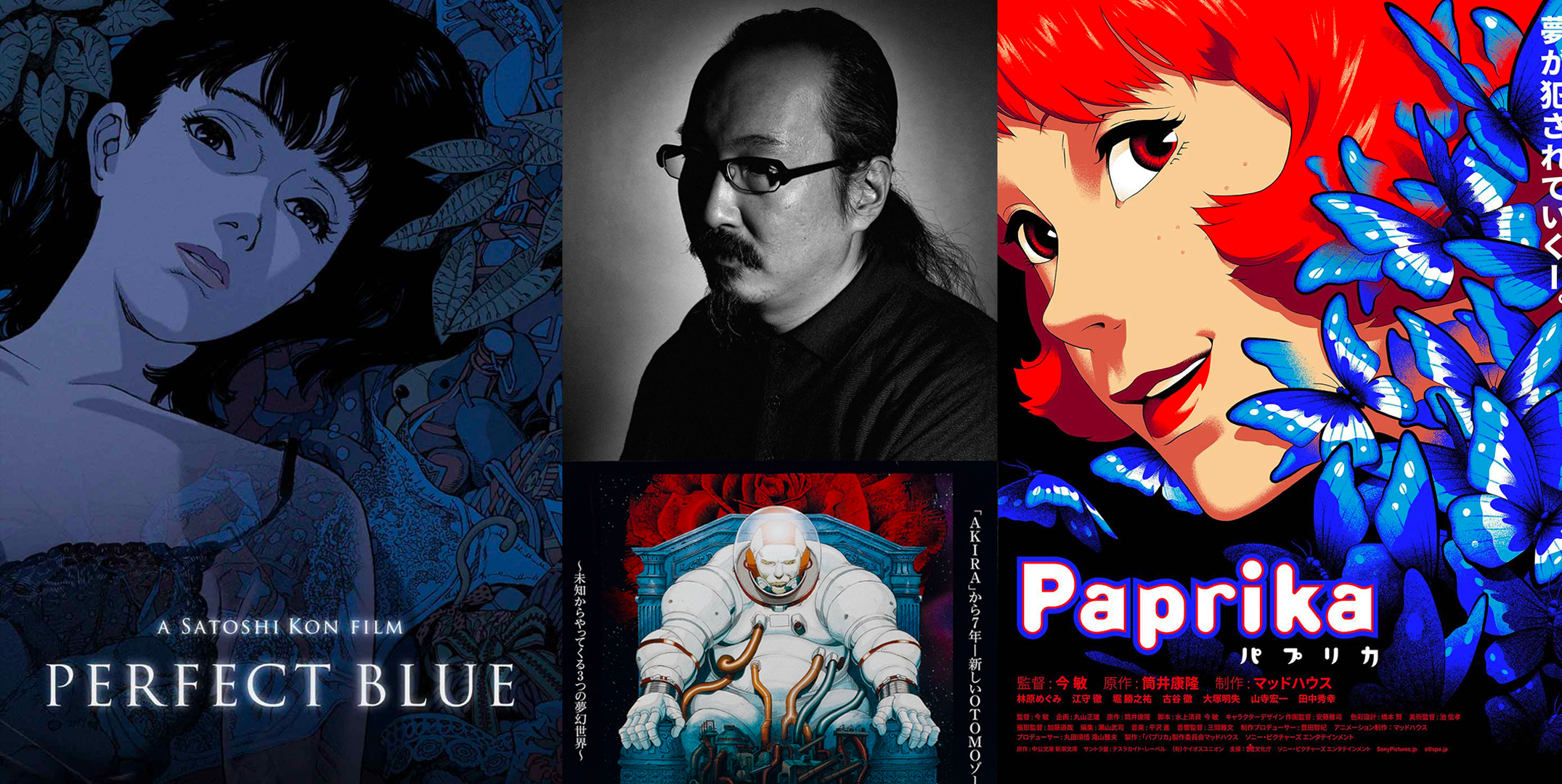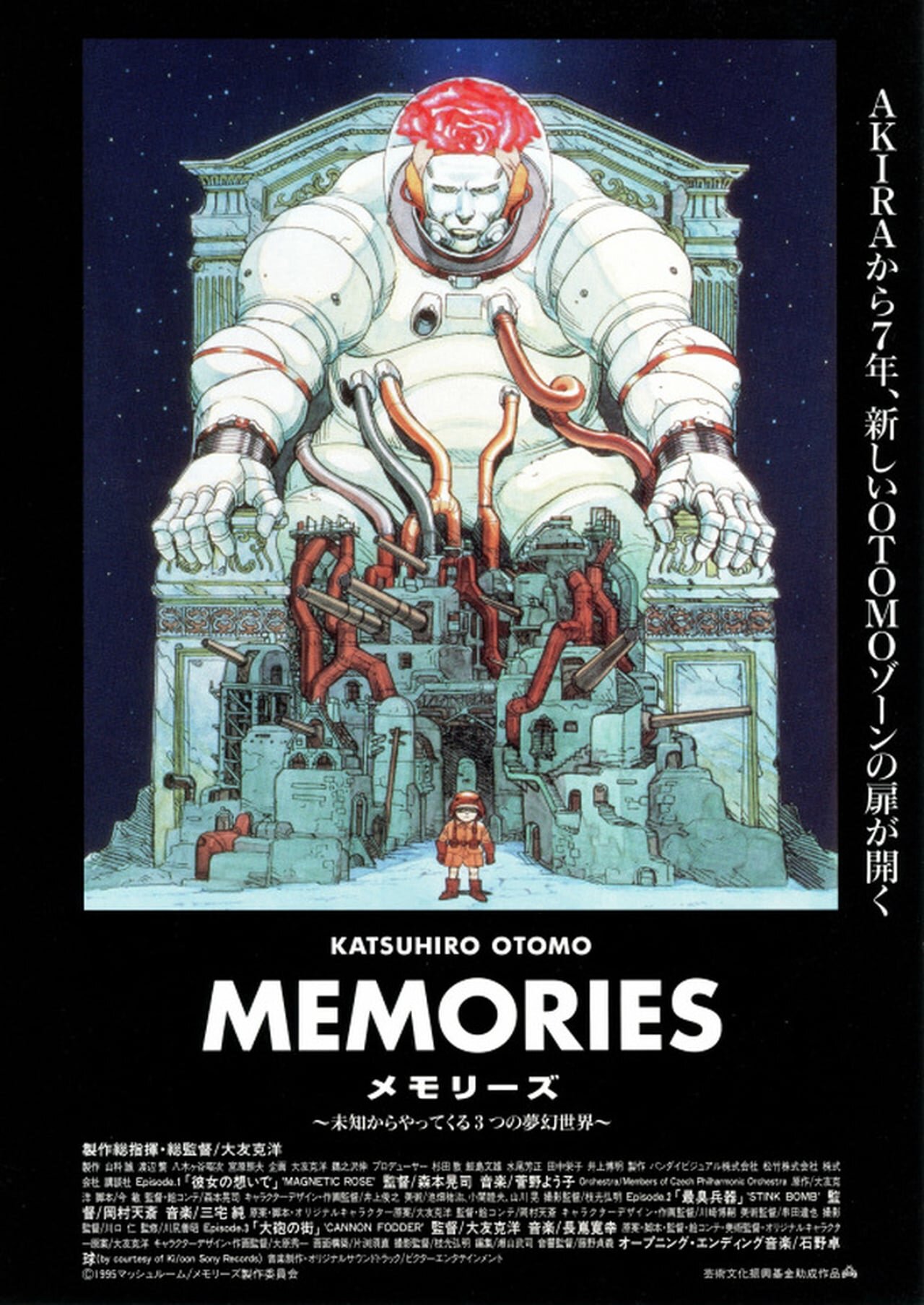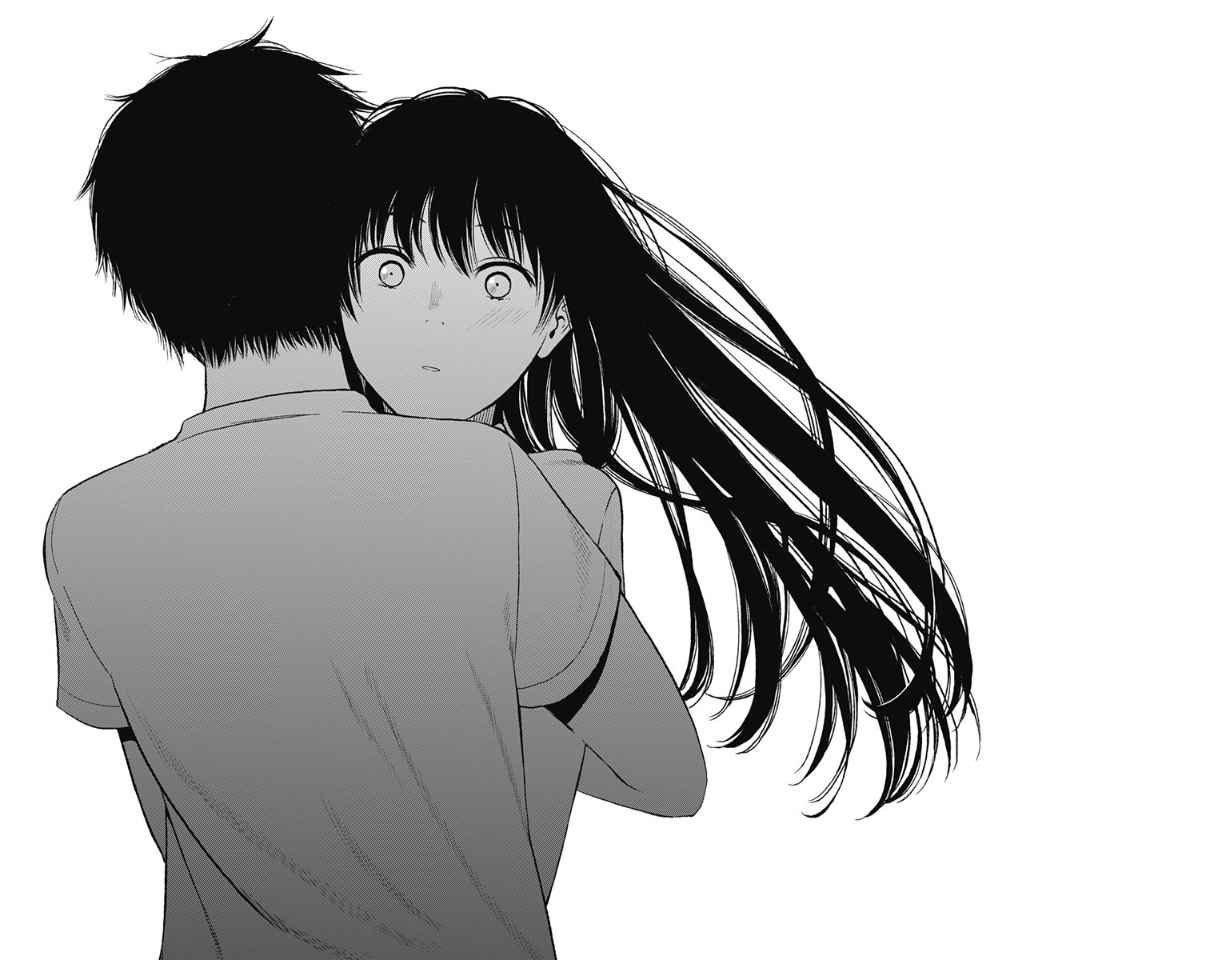The timeless Genius of Satoshi Kon: animes greatest visionary

Satoshi Kon, a visionary, a master creator and an inspiration to all who enter and consume the prolific world of anime.
Many times uttered amongst the great anime filmmakers of all time - Hayao Miyazaki, Katsuhiro Otomo, Mamoru Oshii - Satoshi Kon remains a lingering influence on modern cinema. Famed by his erratic approach to storytelling, his detached fluidity in editing, his fluctuation with reality and the subliminal, and revealing transience of memory. Kon is, by all means, a master of surrealism, vision, and creative spectacle.
We say “is” as, despite his tragic death from pancreatic cancer in August 2010, Satoshi Kon’s unique style and sentimentality remains timeless in many aspects of modern cinema. Affirming, as stated in his last words (a sombre, rambling, acceptance of his unfortunate circumstance), his want “to prolong [his] life from [his] own point of view” - an objective that his surviving portfolio of work achieves in spades.
With films that have inspired such acclaimed directors as Christopher Nolan and Darren Aronofsky, Kon’s success in animation has all but succeeded his want to endure. And as the 10th anniversary of his untimely death soon approaches, we wanted to share a few of our favourites from his succinct selection of anime masterpieces; detailing their lasting influence as well as what made them great in the first place.
Memories: Magnetic Rose
Although only one part of a larger, three-piece, anthology of anime shorts released by Madhouse Inc. in 1995, Magnetic Rose is arguably the most affecting and resilient of Satoshi Kon’s written feats. Directed by Kōji Morimoto and curated amidst work from the great Katsuhiro Otomo, who wrote and directed the seminal Akira (1988) as well as the segment Cannon Fodder from the anthology in question, Kon’s Magnetic Rose is arguably the highest in quality of the three (the remaining one being, Stink Bomb written by Otomo and directed by Tensai Okamura).
Presenting a deep space salvage freighter that, whilst out on a mission, encounters a distress signal from a nearby space station. Magnetic Rose tells the story of the curious inhabitants of the freighter and how they take it upon themselves to enter the aforementioned space station in the hopes of finding the source of said signal and perhaps some extra salvage along the way. As the result of their prospective naïveté, the inhabitants are reluctantly lured into a foray of hallucinatory expulsions depicting the memories of both themselves and that of a famous opera singer, who once (and seemingly still) resides on the space station.
Eerie in its setting and abject in its depiction of memory, repressed anguish and forgotten fame, Magnetic Rose stands as a seminal influence on modern science fiction. Encapsulating the insane lonesomeness of space, and how the mind tends to play tricks on those encased in forced captivity, Kon perfectly presents themes of isolation, repression and loss through this captivating work - themes that have been reverberated through such works as Cowboy Bebop (1998), Firefly (2002) and even in modern blockbusters such as Guardians of the Galaxy Vol.2 (2017). Kon displays the beautiful, vibrant, infectious lull of nostalgia that, although strewn with comfort, dispels the truth of what lies at the core of sentimentality - a decrepit disease of staleness and static; capable of disallowing progression and growth through the disillusion that what once was is best and one should remain transfixed by the past forever.
The rose, as memory, is magnetic - a serene image of tactile nostalgia. Yet, the rose can sting and wound and should, after a while, die, like our hold on the past.
With tense horror and sentimental woe in abundance, Magnetic Rose is one of Kon’s masterworks and at only 45 minutes long, it’s one you can’t excuse to miss out on.
Perfect Blue
Ramping up things accordingly with perhaps the most well-known of Satoshi Kon’s anime feature films, Perfect Blue is the culmination of great visual direction crossed with an existential identity quest that explores the consequences of losing one’s anonymity in the search for stardom. Produced by Madhouse Inc. and released in 1997, Perfect Blue follows the journey of pop idol, Mima Kirigoe, and her career change from singer to actress - leaving behind her beloved J-pop group, CHAM!, in the search for more dramatic and engaging opportunities.
Through this acclaimed and stressful movie, Kon delivers a disjointed descent into madness as our protagonist slowly becomes aware that she is being stalked and that her fans are perhaps not so pleased at her decision to change occupations. Presenting another fragmented plot, with flashbacks, false realities and distorted memories to boot, Perfect Blue portrays a nightmarish view of the ramifications of seeking celebrity; exposing the flawed nature of obsessive fandoms and the inability of those thrust into the spotlight to trust the people closest to them for fear of extortion.
Though not for sensitive viewers, Kon proves with Sadayuki Murai’s screenplay adaptation of Yoshikazu Takeuchi’s original novel, that he is capable of transposing genres with ease - his frantic editing and fractured storytelling complementing a tale that is already strewn with misdirection and madness; climaxing in a finale of unadulterated horror and mental anguish.
As a direct inspiration to filmmaker Darren Aronofsky, Perfect Blue’s lurid depiction of delirium and idol culture has made its way into at least two of his most celebrated works; the drug-frenzied, Requiem for a Dream (2000), and the psychological thriller, Black Swan (2010). Both of these films depict a disjointed narrative and several scenes that are overtly inspired by Perfect Blue, with Aronofsky going out of his way to buy the distribution rights to the movie in order to avoid accusations of plagiarism. Although the director denies being influenced by Kon, the similarities between his films and Perfect Blue are clear; even to the extent where a certain bathtub scene in Requiem for a Dream directly homages that of one from Perfect Blue, as detailed here by Sotilas. Exhibiting thus, the lasting effect of Kon’s visual style on modern cinema and the surpassing legacy of his seminal anime.
Whether rightfully reproduced or not, Satoshi Kon’s Perfect Blue remains an anxiety-driven powerhouse of psychosis and affect, delving deep into the repercussions of celebrity and the intrusive fanaticism of fan culture.
Paprika
Finishing off with Satoshi Kon’s final completed feature-length anime, Paprika, released in 2006 and based on Yasutaka Tsutsui's 1993 novel of the same name. Jointly produced by Madhouse Inc. and Sony Pictures, Paprika depicts what can only be described as a hallucinatory tour de force; diving headfirst into the multi-layered and myriad dimensions of dreams in a story as stimulating as it is serpentine.
Following a team of therapists and a police detective as they venture into the depths of the dreamstate, in accordance with the newfound and largely unfinished device known as the “DC Mini” - a tool which allows the user to enter people’s dreams. Although created for psychiatric use, multiple versions of the “DC Mini” have been stolen, allowing a terrorist of unknown identity to break into people’s dreams at will - leaving our heroes to search and find the dream-hacking culprit before the world falls into a collected dreamstate. With only their minds at hand and the exceedingly playful alter-ego of the central therapist, Doctor Atsuko Chiba - the titular, Paprika - to boot, will the nightmarish dream parade be halted, or will the world be consumed by dreams?
Albeit, Kon’s final feature film, Paprika displays fervently the distinct style and filmic wit of the late anime director, and the extent of which his influence spans. After just the opening sequence of the film, it’s undoubtedly clear the impact that such a feat has played upon western films such as Christopher Nolan’s, Inception (2010). With characters running on walls, jumping through dreams and bending the rules of reality, it’s not surprising that the famed director has reportedly, according to Anime News Network, cited the influence of the thought-provoking anime on his science-fiction triumph.
As an appropriate feature-length swansong to Kon’s lingering body of work, Paprika shows in spades the swift, experimental, disjointed tone of the his cinematic style, eclipsed not only by the complex nature of the movie but also the intriguing discourse that arises from the prospect of sharing one’s dream. Collating the visionary’s unique tone and his exploratory obsession with fragmented memory, repression and splintered storytelling, Paprika feels like the culmination of all of Kon’s past work. It’s a tragedy indeed, however, that his unfinished, Dreaming Machine, will seemingly never see the light of day. May we be comforted by the notion that we still have these three noted works as well as the rest of the anime filmmaker’s exemplary portfolio (see the wonderful Millennium Actress (2001), the heart-warming Tokyo Godfathers (2003) and the mysterious, Paranoia Agent (2004) for further Satoshi Kon viewing).
Ohayo
As a closing act of admiration, we leave below a link Kon’s true final piece, a short film released as part of the 2007 NHK television production, Ani*Kuri15, that beautifully details the feeling of waking up and assimilating with one’s own body. Here is, Ohayo:
“Now excuse me, I have to go.”
Satoshi Kon (12 October 1963 - 24 August 2010)
About The Author
Simon Jenner explores meaningful storytelling through film and media, occasionally producing writing along the way.












![Tokyo Godfathers by Satoshi Kon [2003]](https://images.squarespace-cdn.com/content/v1/57825361440243db4a4b7830/1643353865919-RQ5ARBM0S6SOTPS5Q15B/270553579_427173275753659_4864587396351809935_n.jpg)
![Paranoia Agent [2004]: A Satoshi Kon Masterpiece](https://images.squarespace-cdn.com/content/v1/57825361440243db4a4b7830/1644394707359-2C2F64NLRPBBLQ0P5ZWE/paranoia-agent-572-1.jpeg)
